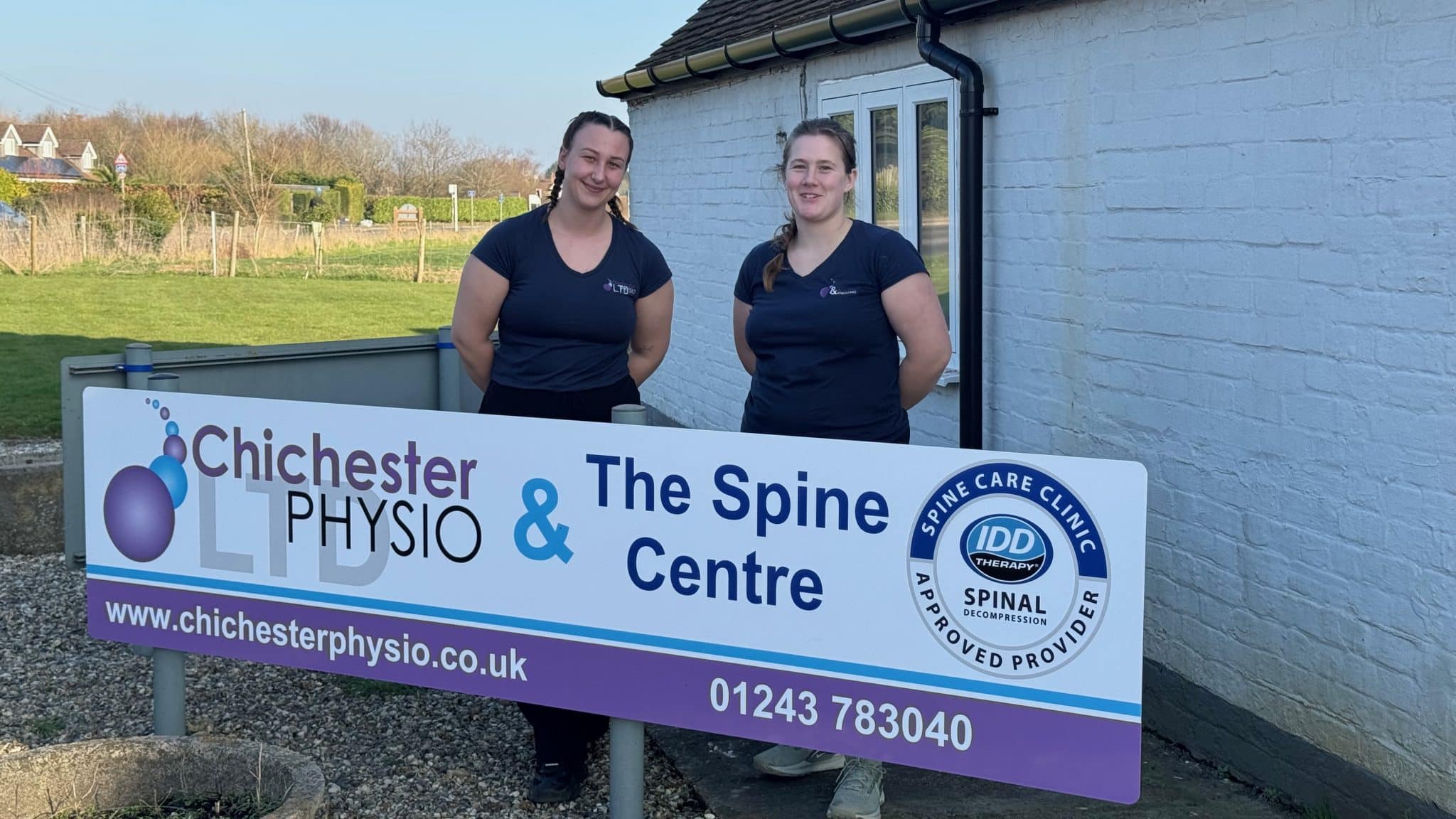Sports Therapy
Whether you’re an athlete or someone who simply wants to stay active and pain-free, injuries and physical discomfort can often get in the way. At Chichester Physio, we are passionate about helping you get back to doing what you love with our Sports Therapy services. Our approach focuses on injury prevention, rehabilitation and functional fitness to ensure that you’re not just recovering, but also improving your overall performance.
Sports therapy is not just for professional athletes – it’s for everyone who wants to move better, feel better and live a life free of pain. No matter your age or ability, our team of expert sports therapists is here to help you achieve your goals. Whether you’re recovering from a sports-related injury or dealing with chronic pain, we provide tailored solutions to get you back to peak fitness.
What Is Sports Therapy ?
Sports therapy is a specialised form of healthcare focused on the prevention, treatment and rehabilitation of injuries, whether they’re caused by sports, physical activities or everyday life. At Chichester Physio, our Sports Therapists use a combination of evidence-based treatments, including manual therapy, progressive exercise programs, and tailored rehabilitation plans, to restore you to optimal functional health.
Our Sports Therapists are highly qualified and registered with professional bodies such as the Society of Sports Therapists (SST). With their expertise and understanding of the demands that physical activity places on the body, they are equipped to treat a wide variety of conditions and ensure that you can move pain-free, perform at your best and reduce the risk of future injuries.

Conditions Treated by Sports Therapists
Sports therapy is effective for treating a broad range of injuries and physical issues. Some of the most common conditions we treat include:
- Muscle Strains and Sprains: Whether it’s a pulled muscle or a sprained ligament, these injuries can cause significant discomfort. Our therapists will help you recover and regain full functionality with tailored treatments.
- Tendonitis: Repetitive movements or overuse can lead to tendon irritation, such as Achilles tendonitis or jumper’s knee. We use targeted therapy to reduce inflammation and restore strength.
- Fractures: Whether from sports injuries or accidents, we help guide you through recovery from bone fractures, ensuring proper healing and rehabilitation.
- Overuse Injuries: Conditions like shin splints or golfer’s elbow result from repetitive stress. We help prevent further damage and accelerate recovery with focused rehabilitation.
- Chronic Pain and Joint Issues: Many people suffer from persistent joint pain, particularly in the hips, knees and shoulders. Our therapy can help manage these conditions and restore function so you can move without discomfort.
To book an appointment just call us or use our great on-line booking system. It’s really easy to use and means you can book an appointment when and where you need.
What To Expect From Your First Sports Therapy Appointment
When you book an appointment with one of our expert sports therapists, you can expect a thorough, professional assessment and personalised treatment. Here’s what the process typically looks like:
1. Initial Consultation and Assessment
Your first visit begins with a comprehensive consultation, where our therapist will gather detailed information about your injury, medical history, and current physical state. They’ll ask about how the injury occurred, what symptoms you’re experiencing, and any previous treatments you’ve had. We’ll also discuss your goals, whether it’s getting back to your sport, work or just improving overall physical function.
2. Physical Examination
Following the consultation, we will perform a physical examination. This involves observing your movements, testing your strength, flexibility and range of motion, and identifying areas of swelling or tenderness. This assessment helps us understand the severity of your injury and how it impacts your ability to function daily or participate in sports.
3. Personalised Treatment Plan
Based on the findings from your consultation and physical examination, we will create a personalised treatment plan. This plan may include a combination of:
- Manual Therapy: Techniques such as massage, mobilisation and manipulation to reduce pain, relieve stiffness and improve joint mobility.
- Exercise Therapy: A series of carefully selected exercises designed to strengthen muscles, enhance flexibility and improve coordination, all aimed at preventing future injuries.
- Education and Advice: We will provide guidance on posture, ergonomics and lifestyle modifications to help you avoid reinjury. You’ll also receive advice on nutrition and strategies to support long-term health.
4. Rehabilitation and Progress Monitoring
Sports therapy is a dynamic process, and progress will be monitored at each stage of your rehabilitation. We will adjust your treatment plan as needed, ensuring that you stay on track to achieve your goals and get back to full function.
Why Choose Chichester Physio For Your Sports Therapy?
At Chichester Physio, we take a holistic approach to sports therapy. We not only address the immediate symptoms but also work to improve your long-term physical health, ensuring that you can move freely, stay active and perform at your best.
Our team of skilled sports therapists is committed to providing the highest standard of care, helping you recover from injuries and return to your daily activities or sport with confidence. Whether you’re recovering from an injury or aiming to prevent future issues, we are here to support you every step of the way.
We offer a free 15 minute telephone consultation with a Sports Therapist so you can discuss your issue to ensure Sports Therapy is right for you.
